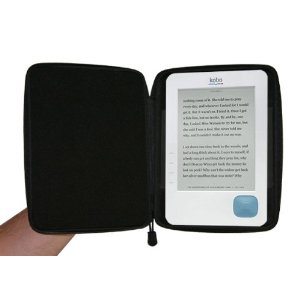

For this reason they prefer to use the ePub or PDF formats, which is a plus for Kobo, as writers are encouraged to upload their work into this e-reader.

However, many authors and publishers find it a challenge to convert their textual formats into Mobi. Kobo uses the ePub format, while Amazon’s e-reader uses the Mobi format. This makes it important to have a device that sticks to an all-inclusive format. Format PlanningĮbook formats are diverse, from the simple Doc format, to PDF, and also complex, graphic-loaded formats such as the ePub, CBR, Mobi, and others. This in turn increases the number of ebook titles in Kobo’s library when compared to Kindle. Kobo supports authors in a non-restrictive approach, which makes it a favorite for self-publishers. Many writers prefer devices that use the ePub format, so the Kindle e-reader tends to be a bit close-ended in terms of format support and author royalties.

The Kobo e-reader also has better display quality, enabling readers to use it for long hours without much strain on the eyes.įurthermore, Kobo offers a separate switch to adjust backlighting, which users can also do by simply swiping up, while Kindle users access this from a separate menu. In terms of physical features, the salient differences between the Kindle and Kobo can be seen in the screen size and lighting plus pixel rules, with Kobo outweighing Kindle in this section. The major variances between the Kindle and Kobo e-readers come from the following factors.


 0 kommentar(er)
0 kommentar(er)
